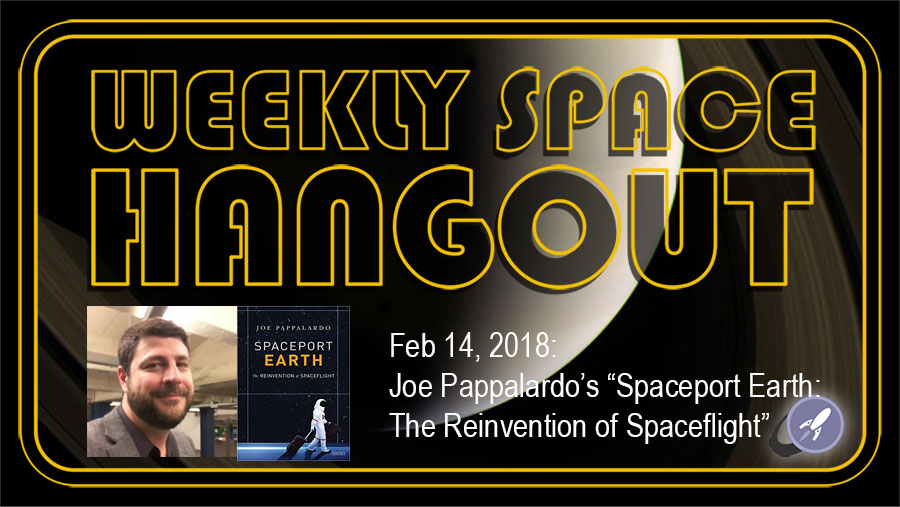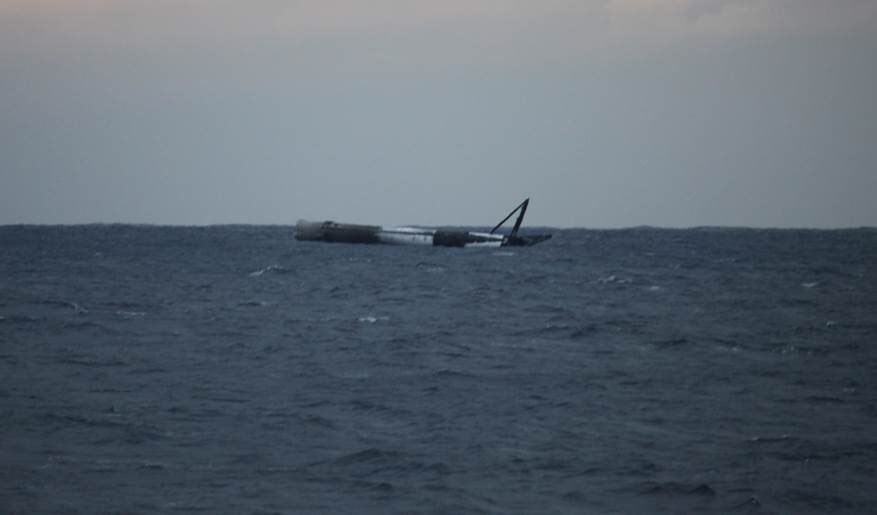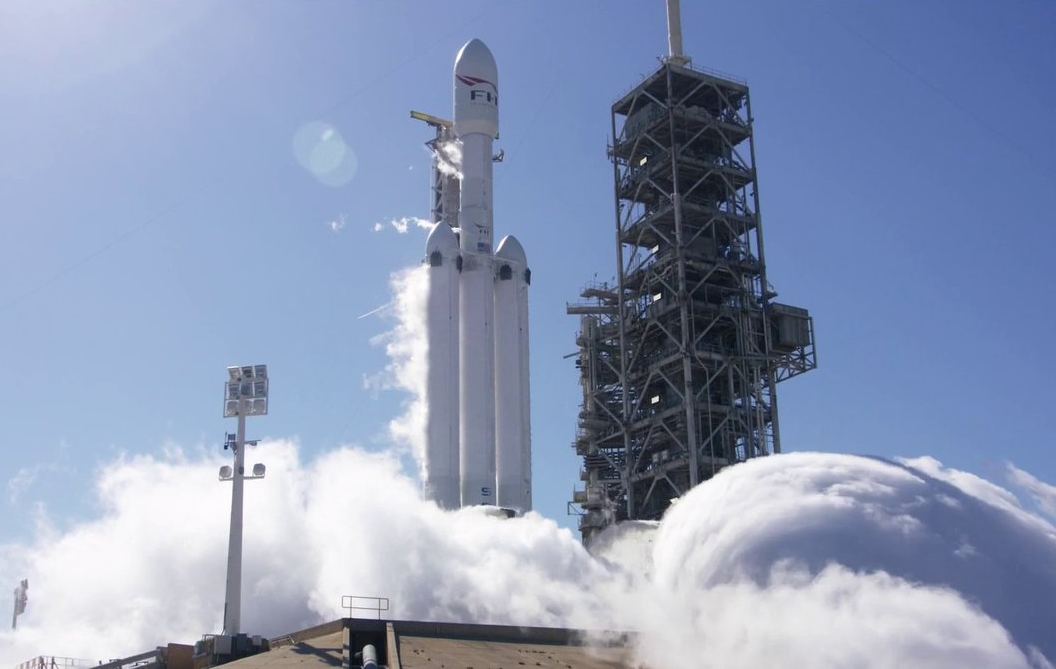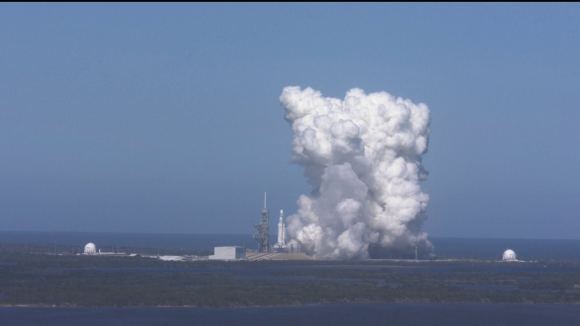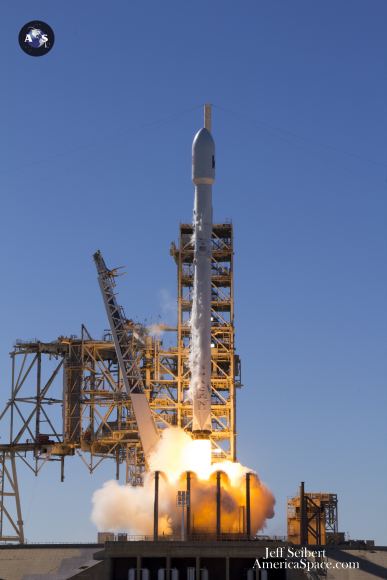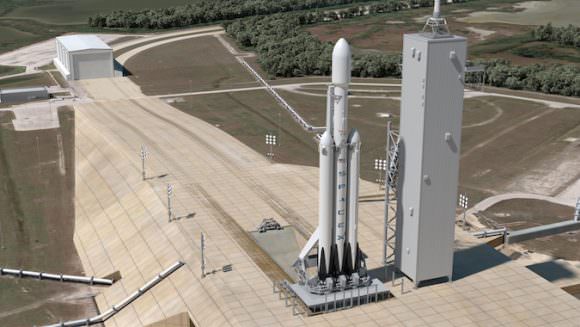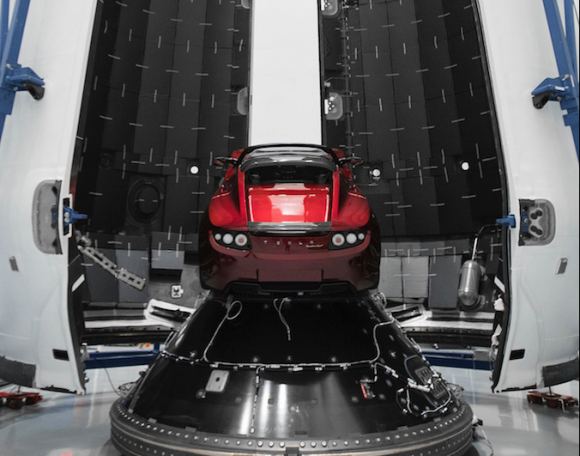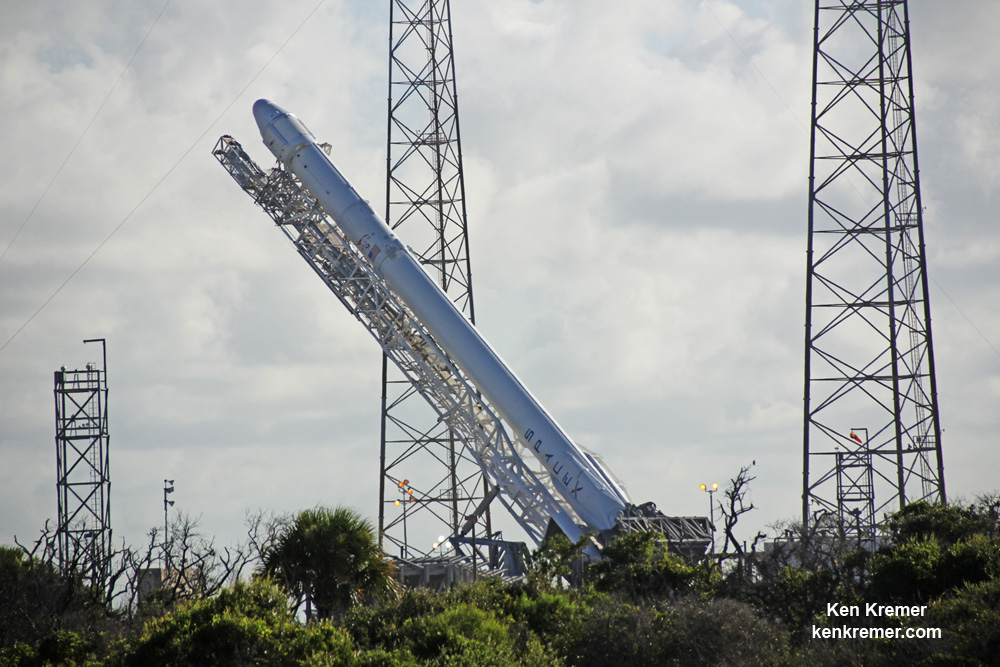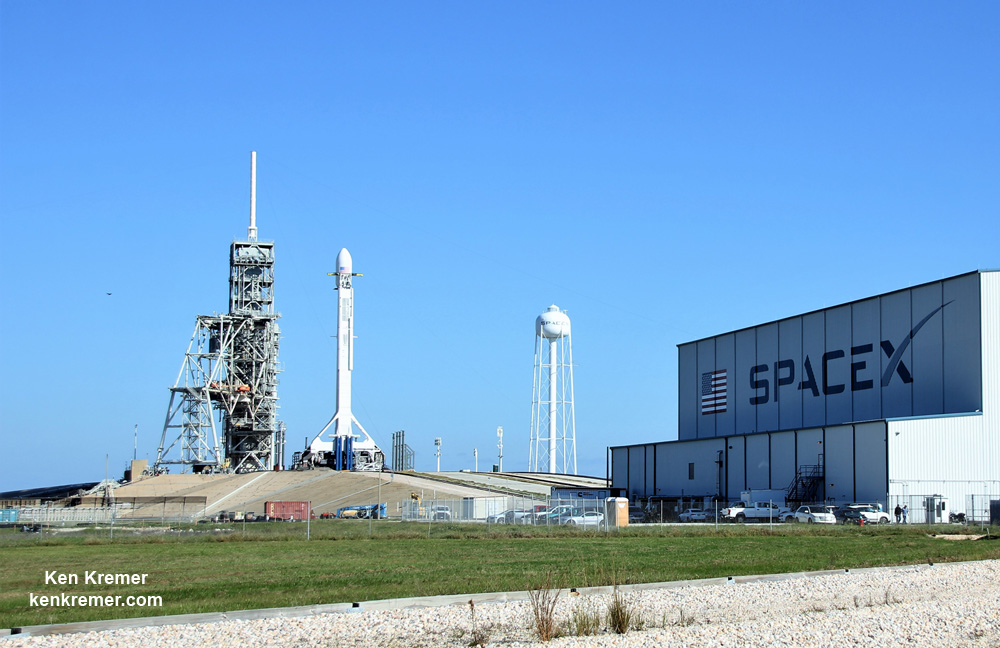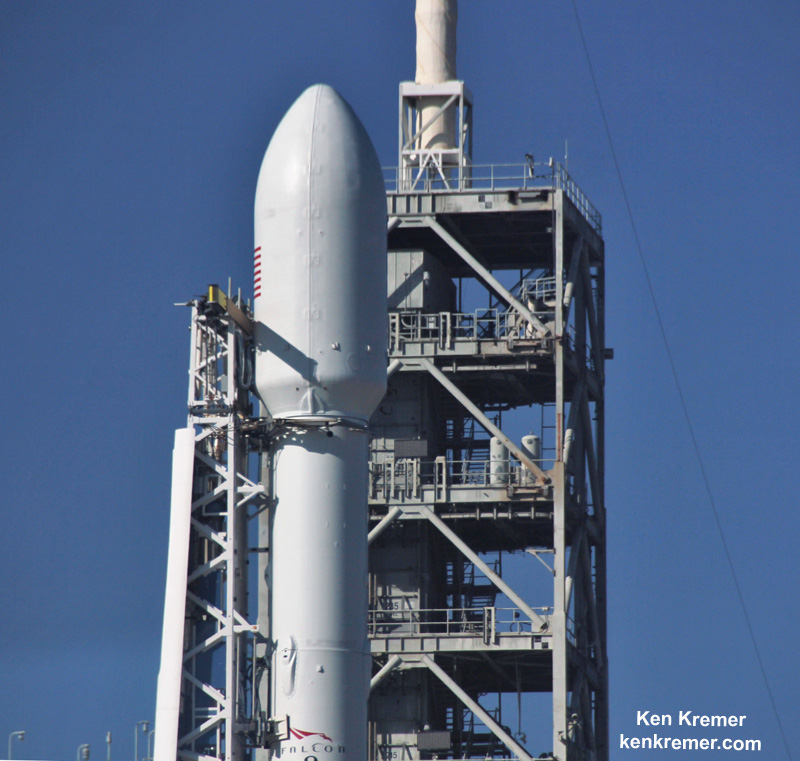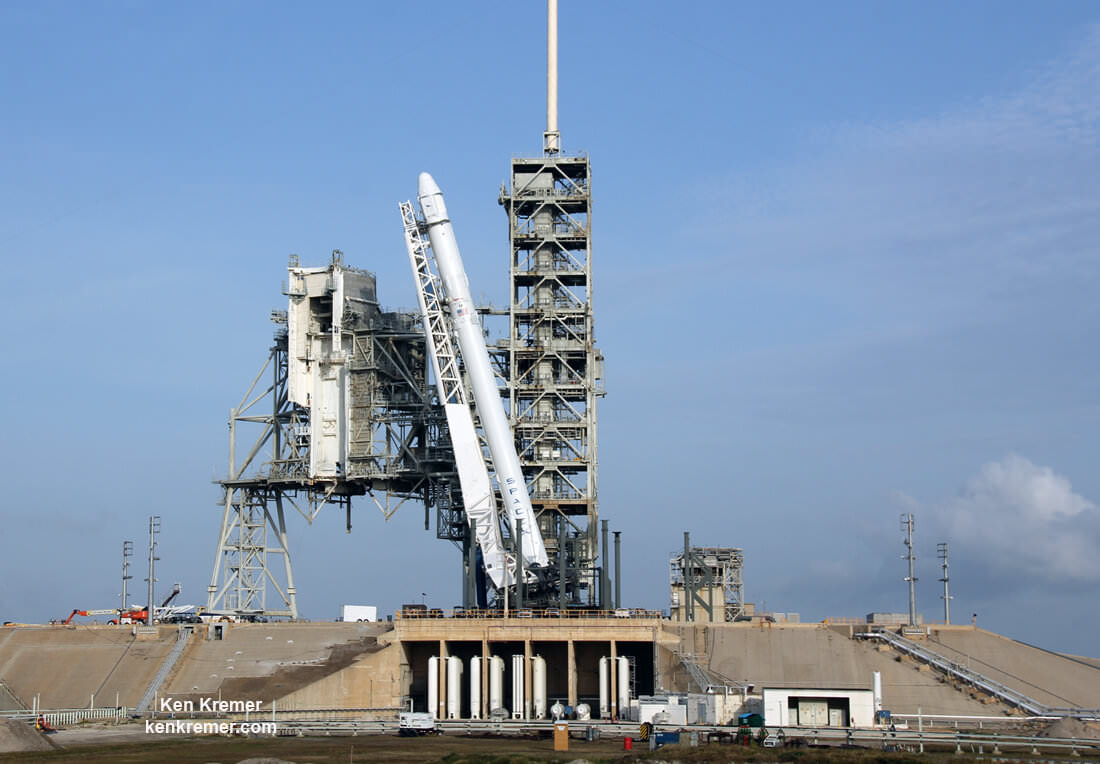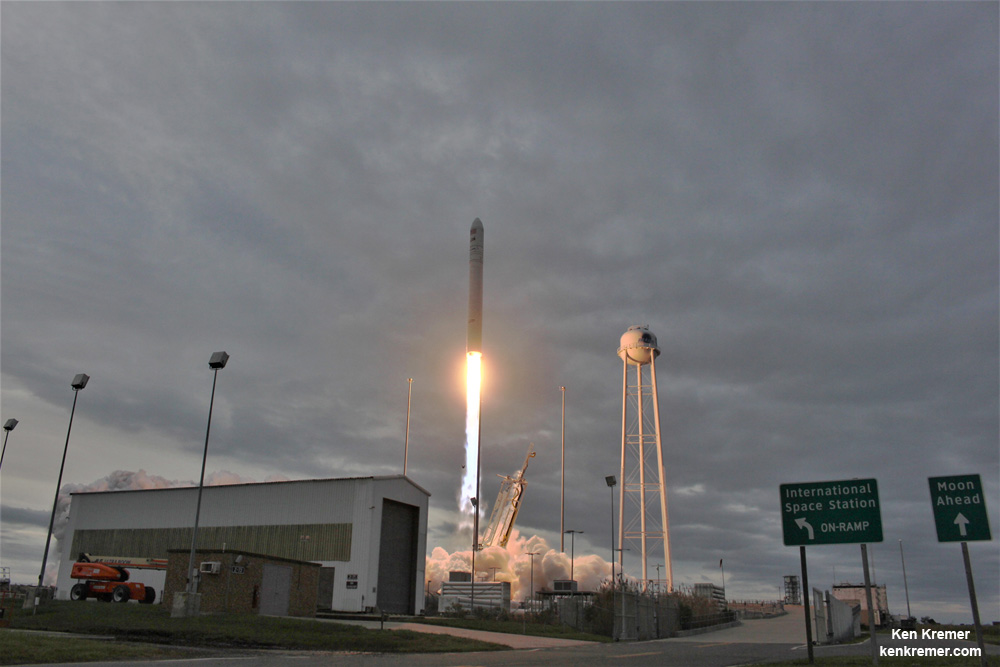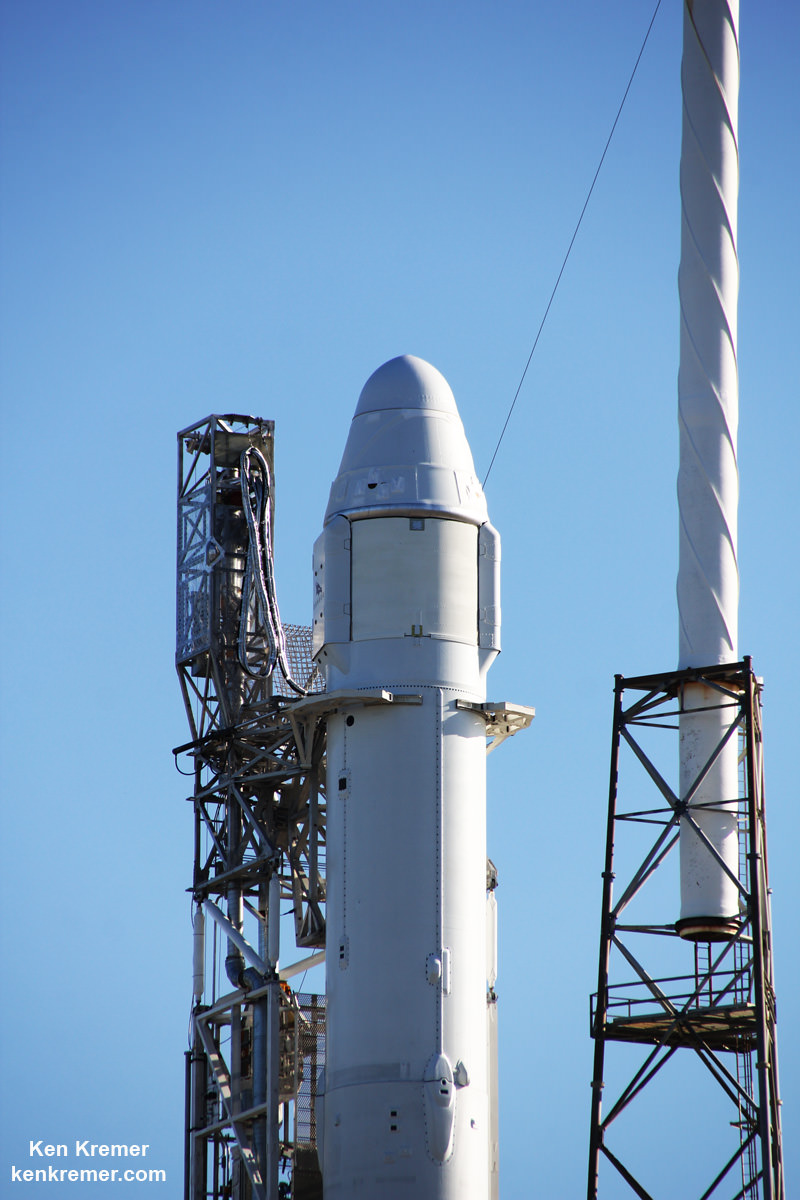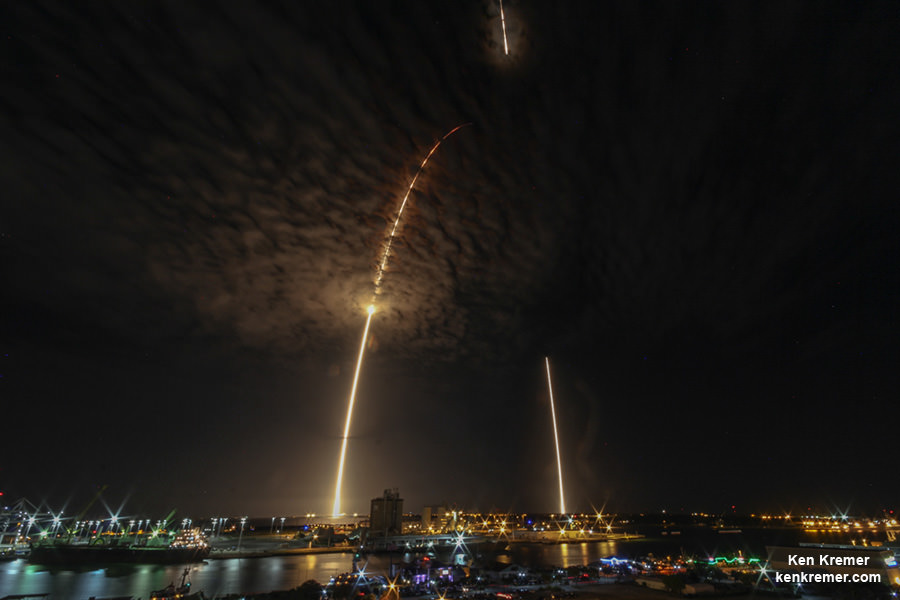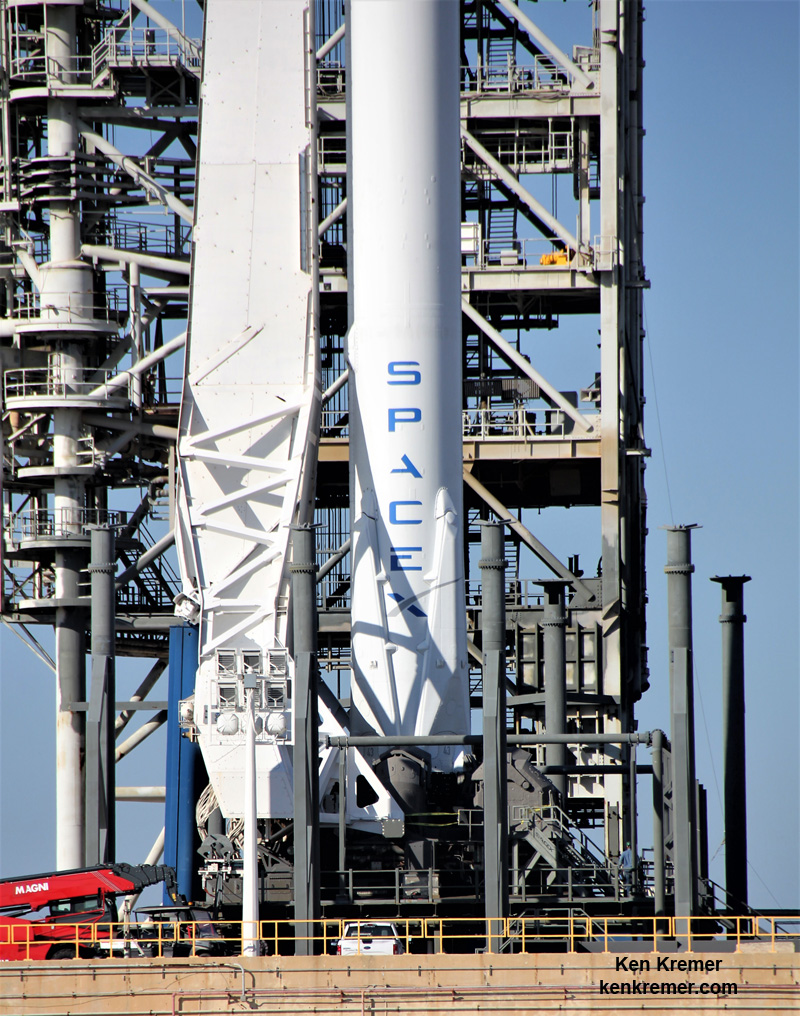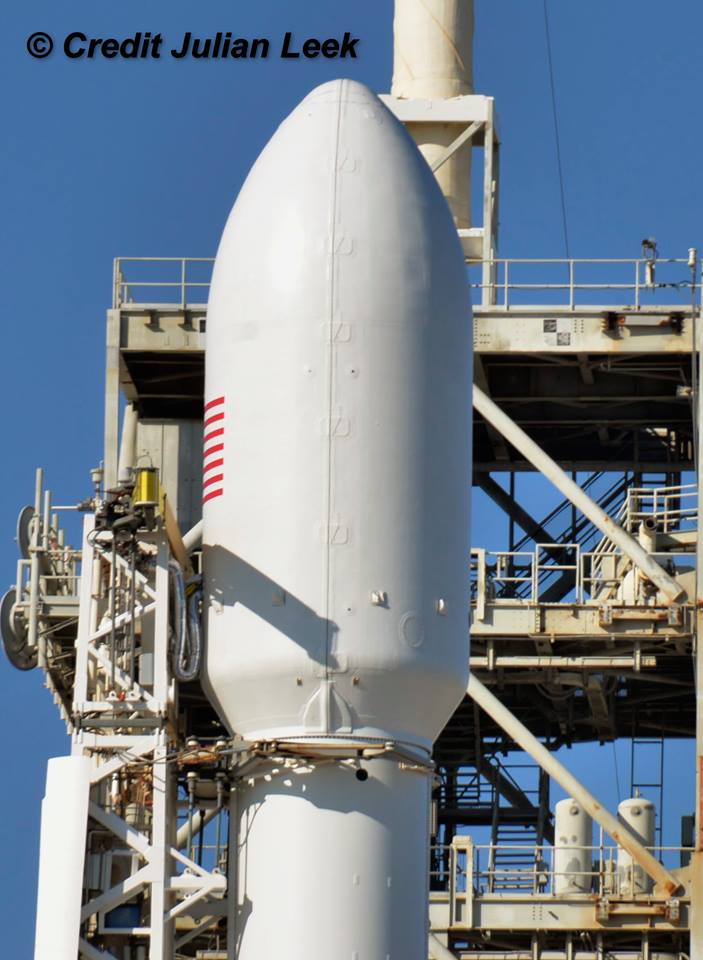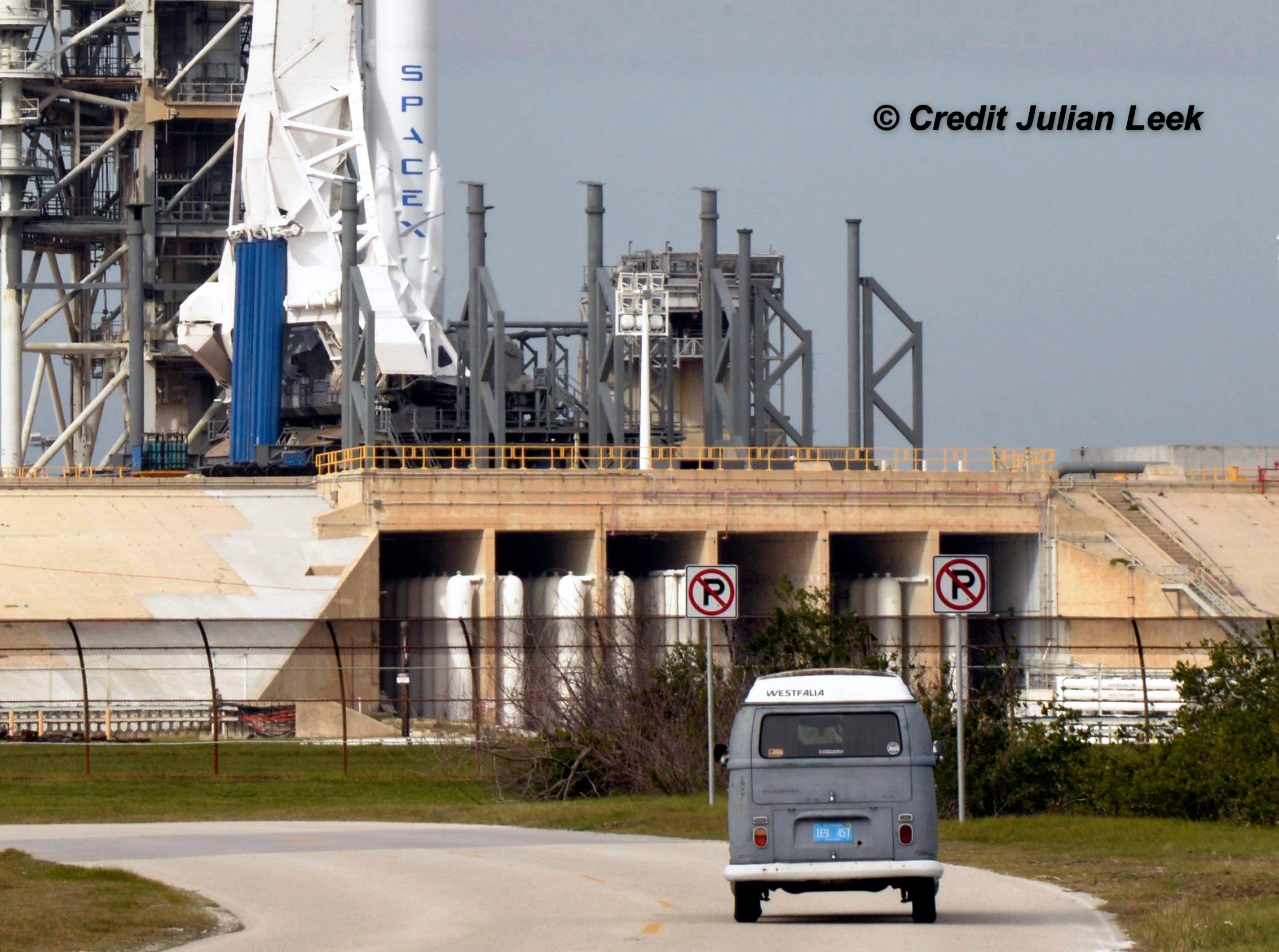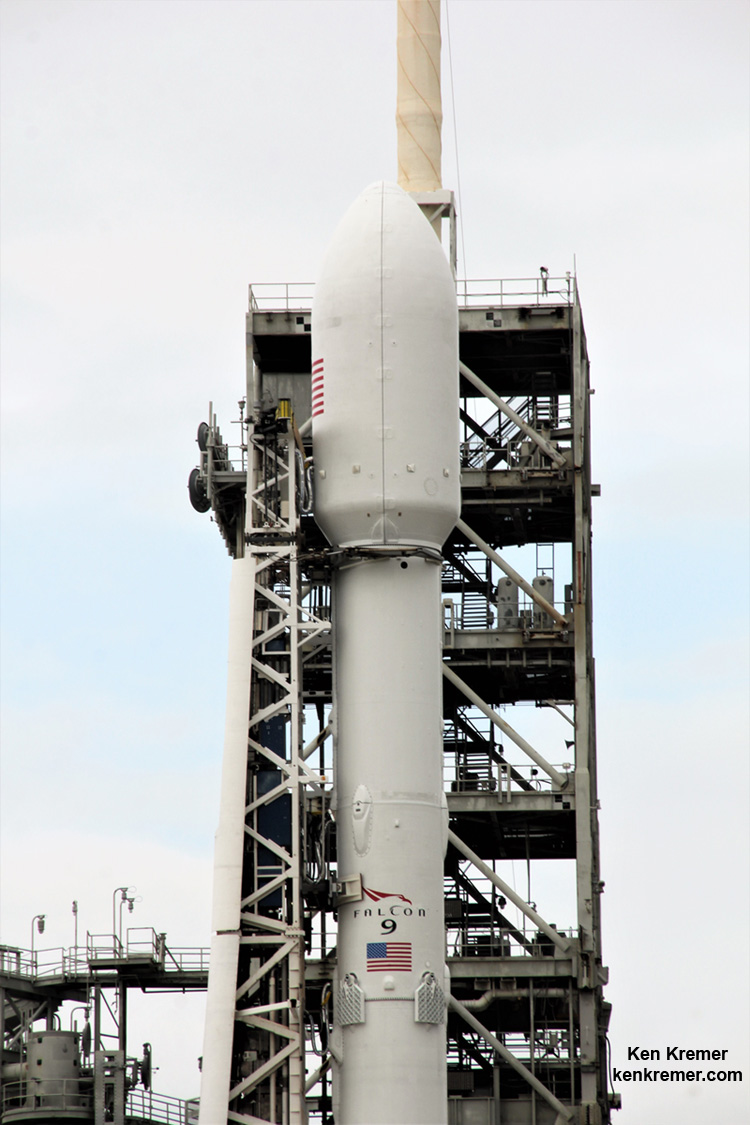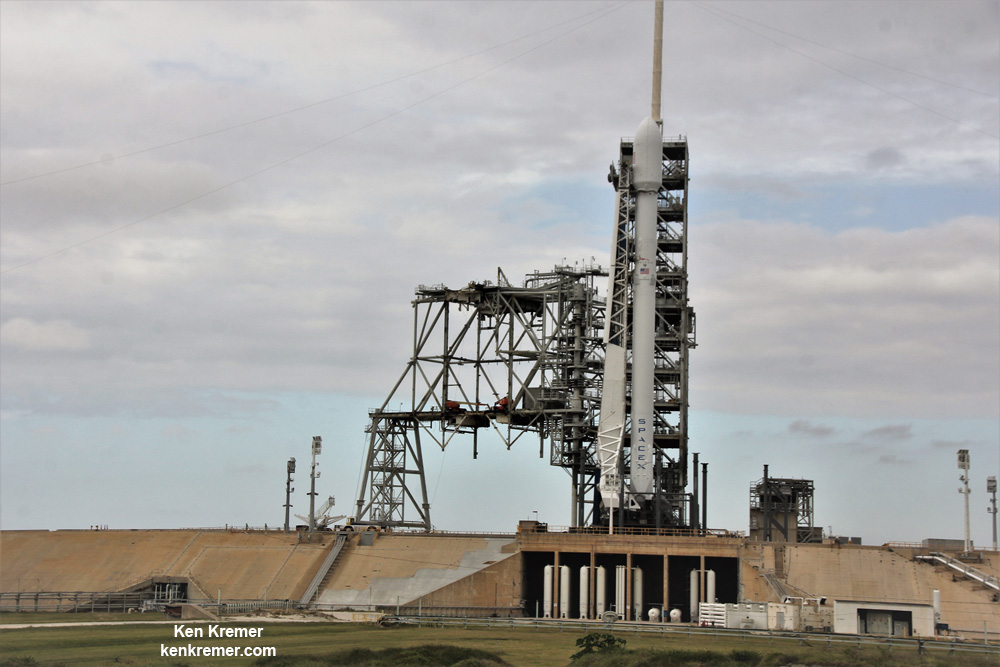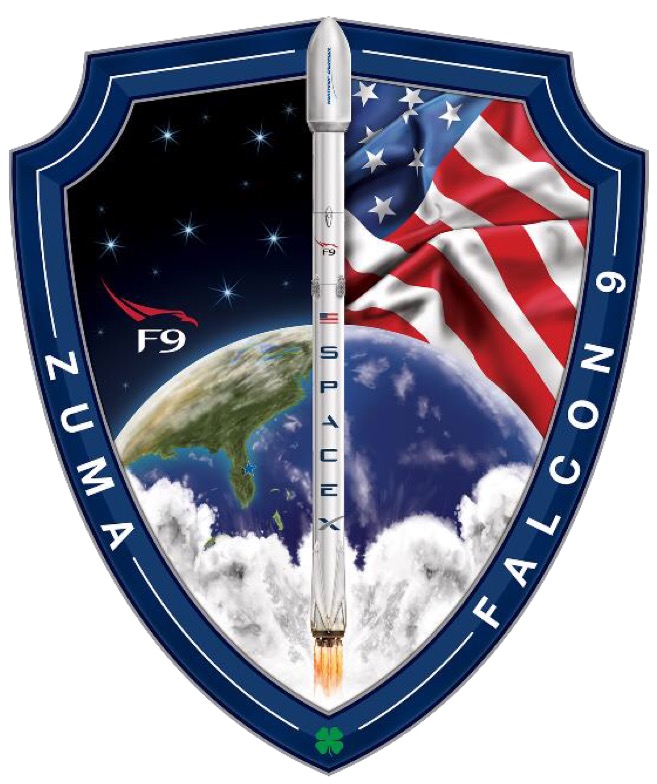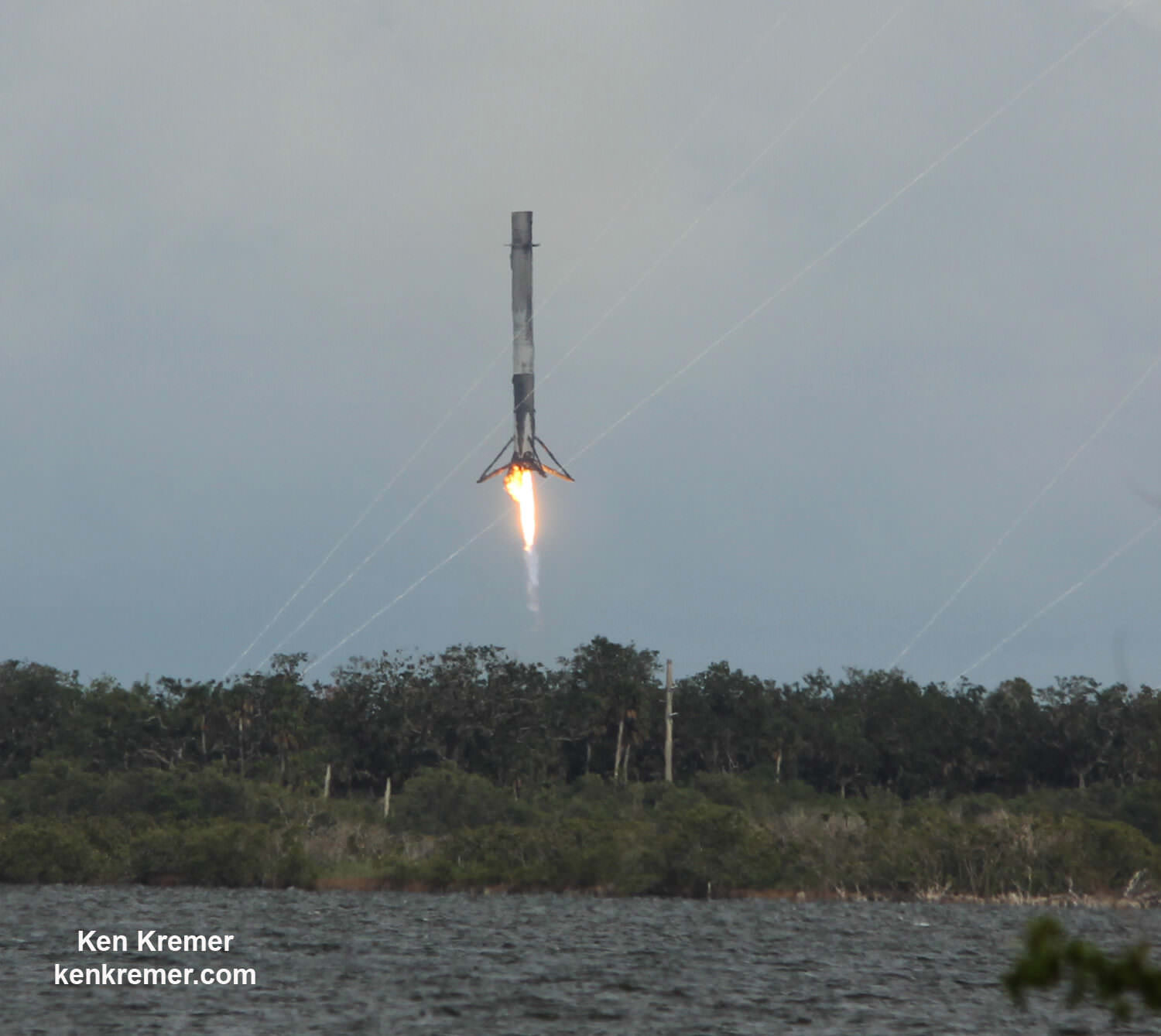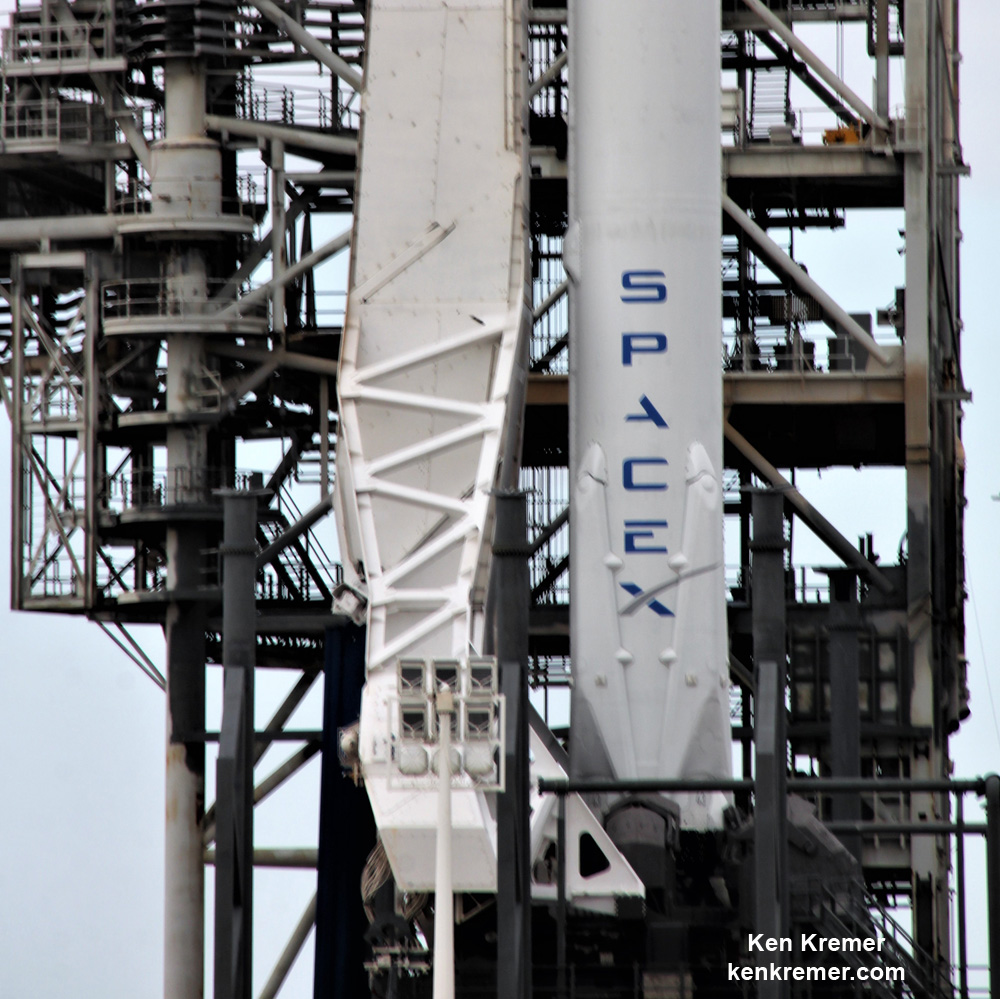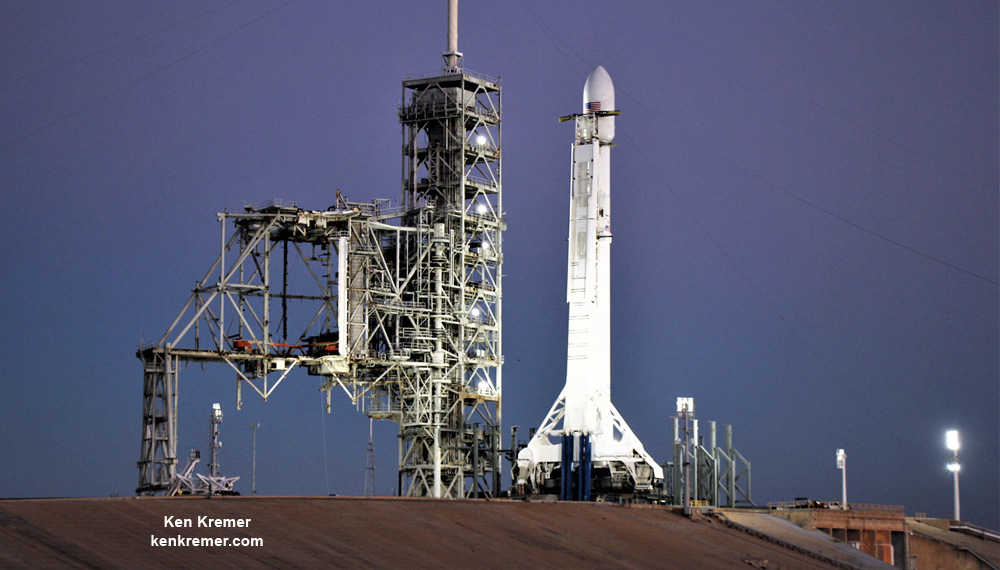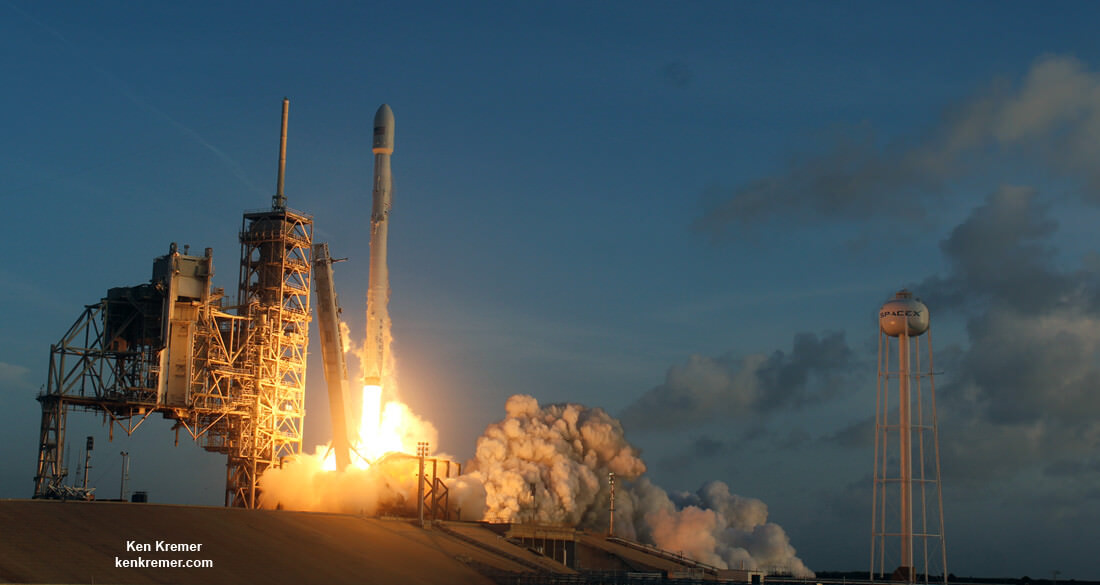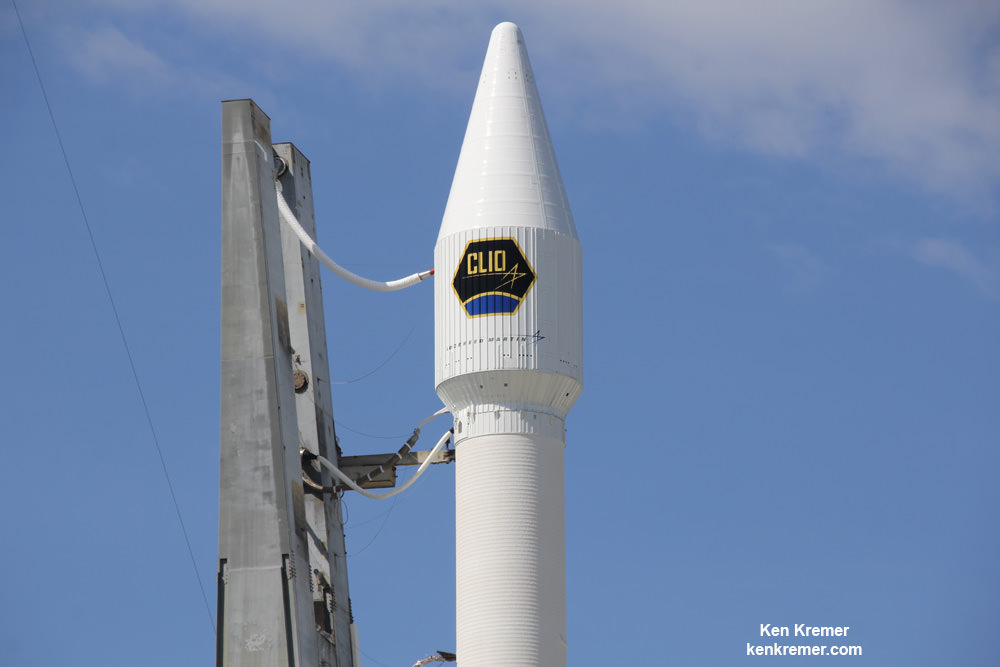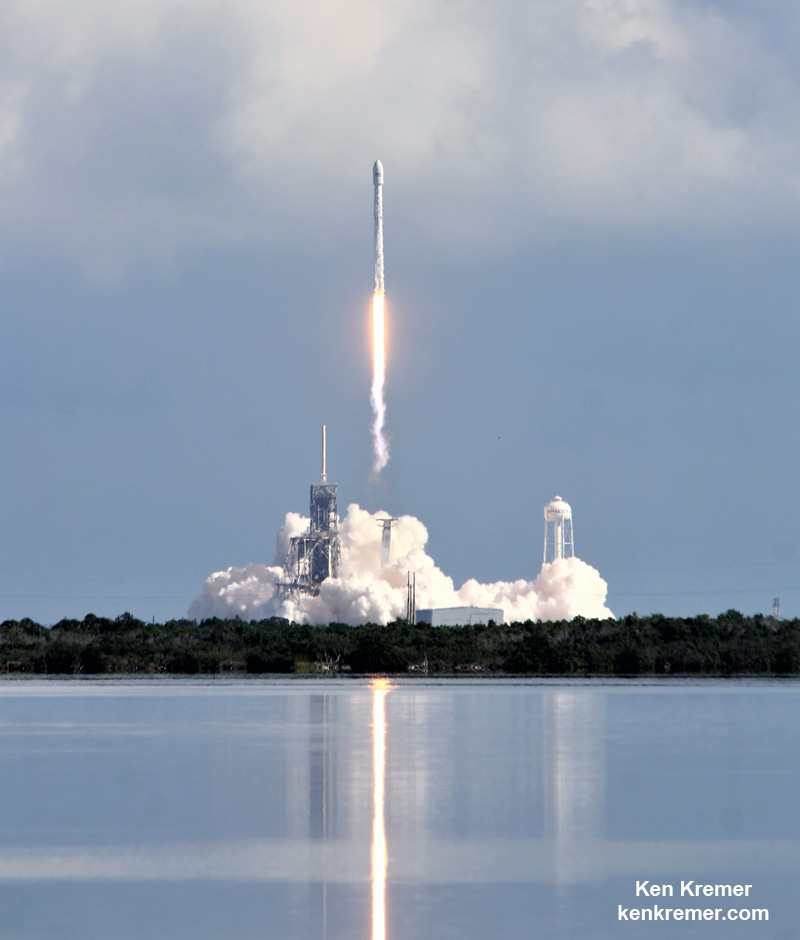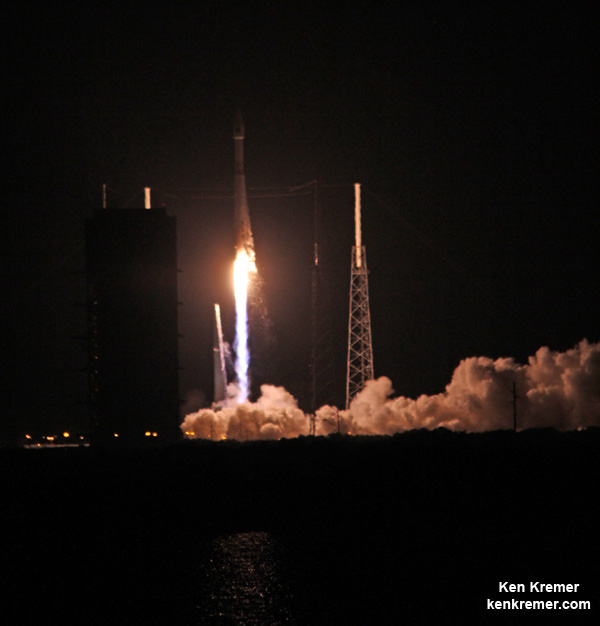On February 6th, 2018, SpaceX successfully launched its Falcon Heavy rocket into orbit. This was a momentous occasion for the private aerospace company and represented a major breakthrough for spaceflight. Not only is the Falcon Heavy the most powerful rocket currently in service, it is also the first heavy launch vehicle that relies on reusable boosters (two of which were successfully retrieved after the launch).
Equally interesting was the rocket’s cargo, which consisted of Musk’s cherry-red Tesla Roadster with a spacesuit in the driver’s seat. According to Musk, this vehicle and its “pilot” (Starman), will eventually achieve a Hohmann Transfer Orbit with Mars and remain there for up to a billion years. However, according to a new study, there’s a small chance that the Roadster will collide with Venus or Earth instead in a few eons.
The study which raises this possibility recently appeared online under the title “The random walk of cars and their collision probabilities with planets.” The study was conducted by Hanno Rein, an assistant professor at the University of Toronto; Daniel Tamayo, a postdoctoral fellow with the Center for Planetary Sciences (CPS) and the Canadian Institute for Theoretical Astrophysics (CITA); and David Vokrouhlick of the Institute of Astronomy at Charles University in Prague.
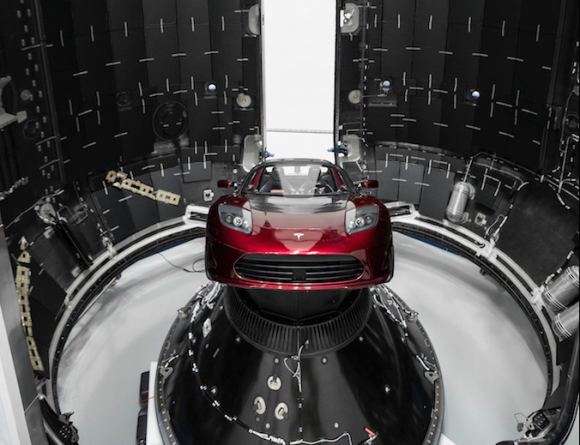
As we indicated in a previous post, Musk’s original flight plan has the potential to place the Roadster into a stable orbit around Mars… after a fashion. According to Max Fagin, an aerospace engineer from Colorado and a space camp alumni, the Roadster will get close enough to Mars to establish an orbit by October of 2018. However, this orbit would not rule out close encounters with Earth over the course of the next few million years.
For the sake of their study, Rein and his colleagues considered how such close encounters might alter the Roadster’s orbit in that time. Using data from NASA’s HORIZONS interface to determine the initial positions of all Solar planets and the Roadster, the team calculated the likelihood of future close encounters between the vehicle and the terrestrial planets, and how likely a resulting collision would be.
As they indicated, the Roadster bears some similarities to Near-Earth Asteroids (NEAs) and ejecta from the Earth-Moon system. In short, NEAs permeate the inner Solar System, regularly crossing the orbits of terrestrial planets and experiencing close encounters with them (resulting in the occasional collision). In addition, ejecta from the Earth and Moon also experience close encounters with the terrestrial planets and collide with them.
However, the Tesla Roadster is unique in two key respects: For one, it originated from Earth rather than being pulled from the Asteroid Belt into the inner Solar System by strong resonances. Second, it had a higher ejection velocity when it left Earth, which tends to result in fewer impacts. “Given the peculiar initial conditions and even stranger object, it therefore remains an interesting question to probe its dynamics and eventual fate,” they claim.
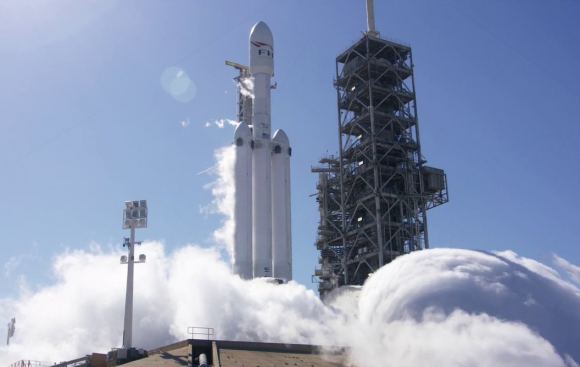
Another challenge was how the probability of an impact will change drastically over time. While the chance of a collision can be ruled out in the short run (i.e. the next few years), the Roadster’s chaotic orbit is difficult to predict over the course of subsequent close encounters. As such, the team performed a statistical calculation to see how the orbit and velocity of the Roadster would change over time. As they state in their study:
“Given that the Tesla was launched from Earth, the two objects have intersecting orbits and repeatedly undergo close encounters. The bodies reach the same orbital longitude on their synodic timescale of ~2.8 yrs.”
They began by considering how the Roadster’s orbit would evolve over the course of its next 48 orbits, which would encompass the next 1000 years. They then expanded the analysis to consider long-term evolution, which encompassed 240 orbits over the course of the next 3.5 million years. What they found was that on a million-year timescale, the orbit of the Roadster remains in a region dominated by close encounters with Earth.
However, over time, their simulations show that the Roadster will experience changes in eccentricity due to resonant and secular effects. This will result in interactions more frequent interactions between the Roadster and Venus over time, and close encounters with Mars becoming possible. Over long enough timescales, the team even anticipates that interactions with Mercury’s orbit will be possible (though unlikely).
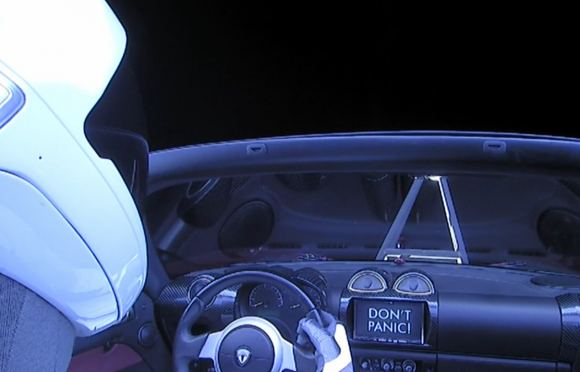
In the end, their simulations revealed that over the course of a million years and beyond, the probability of a collision with a terrestrial planet is unlikely, but not impossible. And while the odds are slim, they favor an eventual collision with Earth. Or as they put it:
“Although there were several close encounters with Mars in our simulations, none of them resulted in a physical collision. We find that there is a ~6% chance that the Tesla will collide with Earth and a ~2.5% chance that it will collide with Venus within the next 1 Myr. The collision rate goes down slightly with time. After 3 Myr the probability of a collision with Earth is ~11%. We observed only one collision with the Sun within 3 Myr.”
Given the Musk hoped that his Roadster would remain in orbit of Mars for one billion years, and that aliens might eventually find it, the prospect of it colliding with Earth or Venus is a bit of a letdown. Why bother sending such a unique payload into space if it’s just going to come back? Still, the odds that it will be drifting through space for millions of years remains a distinct possibility.
And if there are any worries that the Roadster will pose a threat to future missions or Earth itself, consider the message Starman was looking at during his ascent into space – Don’t Panic! Assuming humanity is even alive eons from now, the far greater danger will be that such an antique will burn up in our atmosphere. After millions of years, Starman is sure to be a big celebrity!
Further Reading: arXiv


